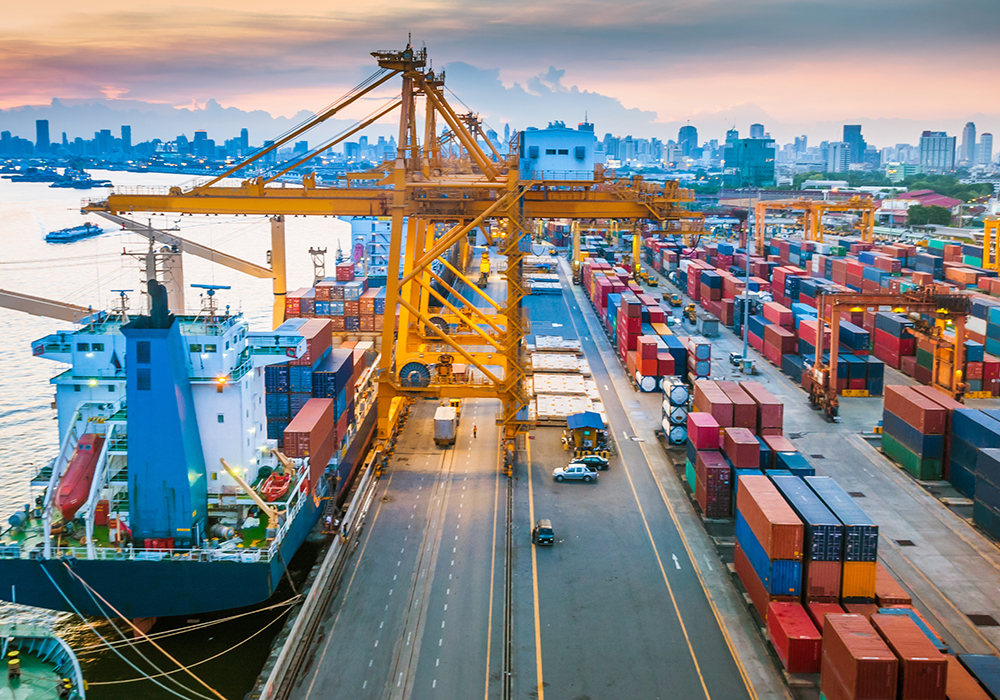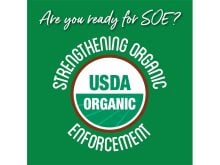In June, groups representing Canada’s canola, grain and pulse industries asked the federal government to open an agriculture and agri-food trade office in Asia.
Six months later, the government is doing just that.
Prime Minister Justin Trudeau, at the recent Asia-Pacific Economic Cooperation (APEC) meeting in Bangkok, Thailand, announced that Canada expects to spend $31.8 million over five years to open and operate an Indo-Pacific Agriculture and Agri-Food Office.
“This new office will position Canada as a preferred agriculture and agri-food supplier to the region, strengthening trade on both sides of the Pacific,” says a backgrounder on the announcement.
Read Also

U.S. bill could keep out Canadian truckers
The Protecting America’s Roads Act, which was tabled in the U.S. House of Representatives at the beginning of October, would “rid the country of illegal immigrant commercial truck drivers and ineligible foreign nationals.”
Trudeau also announced funding of $45 million for a series of trade missions to the Indo-Pacific region.
“This trade mission model will position Canadian exporters and innovators for success in Indo-Pacific markets by showcasing their capabilities and competitiveness and facilitating long-term trade and investment opportunities,” the release says.
Earlier this year, Cereals Canada, Pulse Canada and the Canola Council of Canada published a report urging the government to fund an agriculture trade office to expand exports to Indonesia, Vietnam, Malaysia and elsewhere.
In a Nov. 18 release, the three groups thanked the federal government for funding the trade office.
“While Canada’s cereals, canola and pulse industries enjoy a significant export share within the region and there are great opportunities, the rise of non-tariff barriers may prevent Canada from achieving its full potential in the region,” the release said. “New resources to tackle sanitary and phytosanitary issues in a strategic, co-ordinated manner with industry will help maintain and build market access for Canada’s agriculture exports.”
Non-tariff barriers to trade have become a headache for ag commodity and agri-food exporters. Individual countries have created their own rules, which don’t align with Canada’s or global standards for crop protection or grain handling.
“Much of the issues around market access these days… is around SPS measures (sanitary and phyto-sanitary) and chemical residues,” Jim Everson, canola council president, said back in June.
As an example, there might be an issue with how a shipment of grain is fumigated for pests.
“Where there’s a difference of opinion between officials in Canada and officials in the other country about whether or not it is necessary or practical…. (Also) countries around the world are adopting national lists… (for) maximum residue levels (of pesticides).”
The agriculture and agri-food trade office is part of the government’s broader Indo-Pacific Strategy, which is expected to be released soon.
“The Indo-Pacific region is … the fastest-growing economic region of the world, responsible for almost two-thirds of global growth over the last several years. By 2030, it will be home to two-thirds of the global middle class,” said Canada’s foreign minister, Melanie Joly, earlier in November.


















